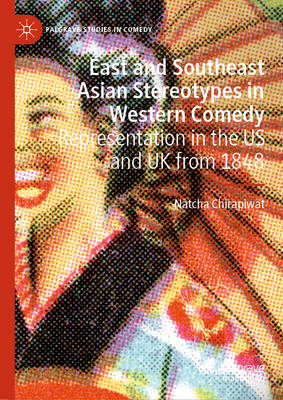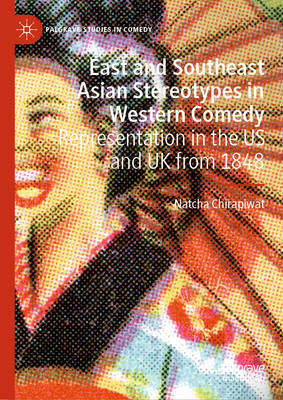
- Afhalen na 1 uur in een winkel met voorraad
- Gratis thuislevering in België vanaf € 30
- Ruim aanbod met 7 miljoen producten
- Afhalen na 1 uur in een winkel met voorraad
- Gratis thuislevering in België vanaf € 30
- Ruim aanbod met 7 miljoen producten
Zoeken
East and Southeast Asian Stereotypes in Western Comedy
Representation in the Us and UK from 1848
Natcha Chirapiwat
€ 213,95
+ 427 punten
Omschrijving
This book charts the representation of East and Southeast Asian (ESEA) people in popular performance and media in the US and UK from 1848 to the present day. It offers a comprehensive guide to understanding the major stereotypes, their historical evolution, and their persistence in contemporary comedy and performance. By delving into this rich history, readers are encouraged to critically examine the representations they encounter and create. The chapters cover pivotal topics such as the impact of large-scale ESEA immigration, international relations through major wars, and the role of comedy in perpetuating stereotypes. Through detailed case studies--from Vaudeville scripts to modern stand-up comedians--this book reveals how these stereotypes have been reinforced, subverted, or transformed over time. Readers discover how historical events shaped Western perceptions of ESEA cultures and how these perceptions continue to influence media today. This book is an essential resource for scholars, students, and anyone interested in media studies, cultural history, or racial representation. It provides valuable insights into the power structures that have shaped societal norms and offers a critical lens for analysing racial stereotypes in performance. Whether you're a researcher or an interested lay reader, this book invites you to explore the complex interplay between history, comedy, and cultural representation.
Specificaties
Betrokkenen
- Auteur(s):
- Uitgeverij:
Inhoud
- Aantal bladzijden:
- 256
- Taal:
- Engels
- Reeks:
Eigenschappen
- Productcode (EAN):
- 9783032017826
- Verschijningsdatum:
- 2/10/2025
- Uitvoering:
- Hardcover
- Formaat:
- Genaaid
- Afmetingen:
- 158 mm x 213 mm
- Gewicht:
- 462 g

Alleen bij Standaard Boekhandel
+ 427 punten op je klantenkaart van Standaard Boekhandel
Beoordelingen
We publiceren alleen reviews die voldoen aan de voorwaarden voor reviews. Bekijk onze voorwaarden voor reviews.








